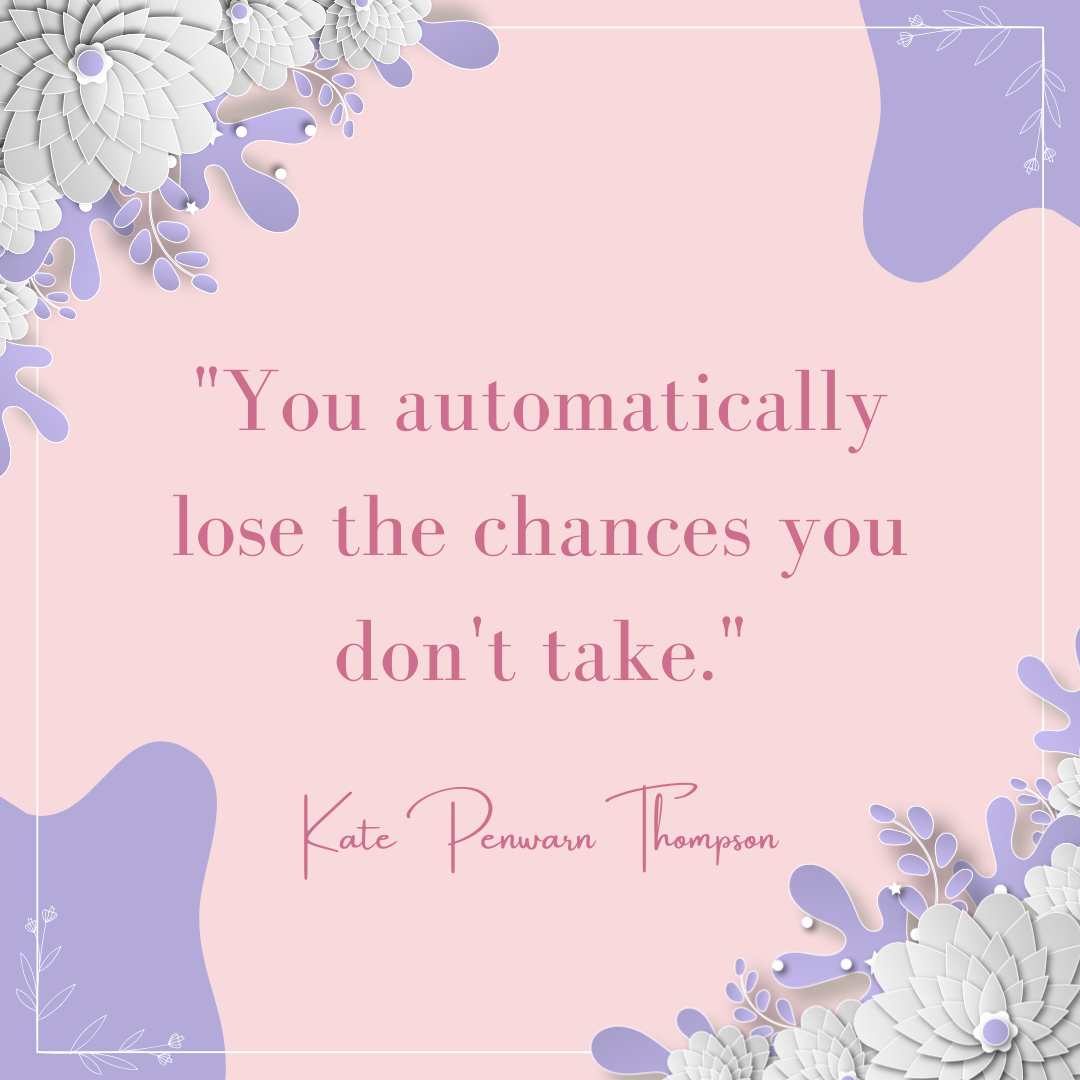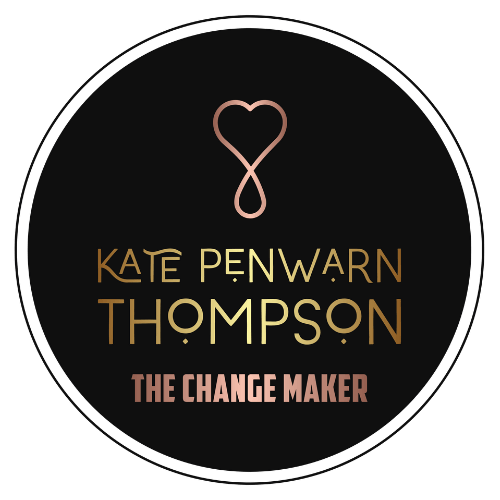
- Set Clear Goals: Define your short-term and long-term goals. Having specific objectives gives you a clear sense of direction and purpose. When you're focused on achieving these goals, it becomes easier to stay motivated and keep your attention on what's ahead.
- Practice Mindfulness: Mindfulness involves staying present in the moment, but it also helps in maintaining a balanced perspective on the past and future. By cultivating mindfulness, you can acknowledge past disappointments without allowing them to consume your thoughts. This practice encourages a forward-looking mindset.
- Create a Vision Board: Visual representation can be a powerful tool for keeping your focus on your aspirations. Create a vision board with images, quotes, and symbols that represent your goals and dreams. Place it somewhere you'll see it daily, serving as a reminder of what you're working towards.
- Develop a Growth Mindset: Embrace challenges as opportunities for growth. A growth mindset encourages you to view setbacks as learning experiences rather than failures. This mindset shift helps you maintain a positive outlook and a forward-focused attitude.
- Practice Positive Self-Talk: Monitor your internal dialogue. Replace self-doubt and negative thoughts with positive affirmations that remind you of your capabilities and potential. By nurturing a positive self-image, you're more likely to stay focused on achieving your desired outcomes.
Remember that maintaining a forward-looking perspective is a conscious effort that takes time and practice. Regularly revisit your goals, celebrate your progress, and remind yourself of the possibilities that await you on your journey ahead.
You can grab my free resource HERE!
You can book a free consult with me HERE!


Maintaining a healthy weight offers numerous benefits that positively impact both physical and mental well-being. Firstly, it reduces the risk of developing chronic diseases such as diabetes, heart disease, and certain types of cancer. By keeping weight within a healthy range, individuals can lower their blood pressure, improve cholesterol levels, and enhance overall cardiovascular health. Additionally, maintaining a healthy weight promotes better joint health, reducing the strain on bones and joints, and lowering the risk of conditions such as arthritis.
- Set achievable goals: Begin by setting realistic and achievable exercise goals. Start with small steps, such as aiming to exercise for 20 minutes three times a week, and gradually increase the duration and frequency as you build stamina and confidence. Setting achievable goals helps maintain motivation and prevents overwhelm.
- Find activities you enjoy: Engaging in physical activities you enjoy makes exercise more enjoyable and sustainable in the long run. Experiment with different activities such as walking, cycling, swimming, dancing, or joining a sports team. Discover what you find fun and fulfilling, and incorporate it into your exercise routine.
- Make it a habit: Consistency is key when starting an exercise routine. Schedule dedicated time for exercise in your daily or weekly calendar and treat it as an important commitment. Consider exercising at the same time each day to establish a routine and make it a habit that becomes part of your lifestyle.
- Start small and progress gradually: It's essential to start at a comfortable level, especially if you're new to exercise or returning after a long break. Begin with low-impact activities and gradually increase the intensity or duration as your fitness level improves. Listen to your body and don't push yourself too hard initially, as this can lead to injury or burnout.
- Get support and accountability: Seek support from friends, family, or a workout buddy who can join you in your exercise journey. Having someone to exercise with can make it more enjoyable and provide mutual encouragement. Additionally, consider joining fitness classes or programs that offer structure, guidance, and accountability to help you stay motivated and committed to your exercise routine.
- Improved self-esteem: Achieving and maintaining a healthy weight can boost your self-esteem and body image. Feeling confident in your physical appearance can positively impact your emotional well-being, leading to increased self-worth and a more positive self-image.
- Reduced stress levels: Regular exercise, which is often a part of weight maintenance, releases endorphins, which are known as "feel-good" hormones. These endorphins can help reduce stress levels, promote relaxation, and enhance your overall mood.
- Enhanced mental clarity: A healthy weight is often associated with a balanced diet and regular physical activity, both of which contribute to improved cognitive function. Proper nutrition and exercise support brain health, leading to better focus, increased mental clarity, and improved emotional stability.
- Increased energy levels: Maintaining a healthy weight can provide you with more energy throughout the day. When your body is fueled with nutritious foods and regular exercise, you are more likely to feel energized and ready to tackle daily tasks. Higher energy levels can contribute to a more positive and optimistic outlook on life.
- Better sleep quality: Carrying excess weight can sometimes lead to sleep problems such as sleep apnea or disrupted sleep patterns. By maintaining a healthy weight, you can reduce the risk of these issues and promote better sleep quality. Sufficient, restful sleep is essential for emotional well-being, as it helps regulate mood, improves stress management, and enhances overall emotional resilience.



Changing negative thoughts is crucial for our well-being and overall quality of life. When we allow negative thoughts to take hold, they can consume us and drain our energy, leading to increased stress, anxiety, and unhappiness. By consciously challenging and transforming negative thoughts into positive ones, we empower ourselves to cultivate a more optimistic outlook on life.
- Awareness and Challenge: Begin by becoming aware of negative thoughts as they arise. Pause and consciously question their validity. Ask yourself if there is evidence to support the negative thought or if there could be alternative perspectives. Challenge the negative thought by replacing it with a positive or more balanced statement.
- Reframing: Reframing involves consciously shifting your perspective on a situation. Instead of focusing solely on the negatives, try to find the silver lining or a more constructive angle. Look for opportunities for growth, learning, or gratitude within the situation. Reframing allows you to see the bigger picture and reframe negative experiences as valuable lessons.
- Positive Affirmations: Positive affirmations are powerful statements that reinforce positive beliefs about oneself. Choose affirmations that counteract your negative thoughts and repeat them regularly. By affirming positive qualities or outcomes, you can rewire your subconscious mind to embrace more positive and empowering thoughts.
- Gratitude Practice: Cultivating a gratitude practice can help shift your focus from negative thoughts to the positive aspects of your life. Each day, take a few moments to reflect on things you are grateful for, whether big or small. This practice promotes a mindset of appreciation and helps counterbalance negative thinking patterns.
- Self-Compassion: Negative thoughts often stem from self-criticism and judgment. Practice self-compassion by treating yourself with kindness and understanding. When negative thoughts arise, remind yourself that everyone makes mistakes and has setbacks. Offer yourself words of encouragement and remind yourself that you are worthy of love and acceptance.
To help your brain move to a better thought over a negative one, it's essential to practice awareness and active intervention. Start by recognizing when negative thoughts arise and consciously choose to redirect your focus. Engage in activities that bring you joy and promote a positive mindset, such as listening to uplifting music, reading inspirational books, or engaging in creative outlets.
Here are five ways to help your brain look for better thoughts over negative ones:
- Mindfulness and Meditation: Engage in regular mindfulness and meditation practices. These techniques help you observe your thoughts without judgment and create space between you and your negative thoughts. By cultivating a non-reactive and present-moment awareness, you can interrupt negative thought patterns and create room for more positive and constructive thoughts to emerge.
- Surround Yourself with Positivity: Surround yourself with positive influences, such as uplifting books, podcasts, and supportive people. Seek out environments that foster positivity and optimism. The more exposure you have to positive ideas and experiences, the more your brain will naturally gravitate towards better thoughts.
- Cognitive Restructuring: Cognitive restructuring is a technique that involves challenging and reframing negative thoughts. When a negative thought arises, consciously question its validity and explore alternative perspectives. Look for evidence that contradicts the negative thought and reframe it into a more positive or balanced statement. Practice this regularly to rewire your brain to seek out better thoughts.
- Gratitude Practice: Cultivate a daily gratitude practice. Regularly acknowledge and appreciate the positive aspects of your life, no matter how small. This practice rewires your brain to focus on the good, helping it naturally seek out and generate better thoughts. Consider keeping a gratitude journal or sharing your gratitude with others to enhance the benefits.
- Engage in Positive Self-Talk: Pay attention to your internal dialogue and consciously replace negative self-talk with positive affirmations and supportive statements. Be kind and compassionate towards yourself, and consciously choose thoughts that uplift and encourage you. Over time, your brain will learn to default to more positive thoughts and beliefs.



- Increased Self-Awareness: Self-coaching enables you to develop a deep understanding of your strengths, weaknesses, values, and aspirations. By exploring your thoughts, emotions, and behaviors, you gain insight into what drives you and what holds you back. This heightened self-awareness allows for more intentional decision-making and empowers you to align your actions with your true self.
- Enhanced Problem-Solving Skills: Through self-coaching, you learn to identify and analyze challenges and obstacles that stand in the way of your goals. You develop critical thinking and problem-solving skills, enabling you to come up with creative and effective strategies to overcome these challenges. Self-coaching encourages you to think outside the box, explore alternative perspectives, and find innovative solutions to problems.
- Greater Empowerment and Autonomy: Self-coaching puts you in the driver's seat of your personal growth journey. It fosters a sense of empowerment and ownership over one's life and development. Instead of relying on external sources for guidance, you become self-reliant and confident in your ability to navigate challenges and make decisions. This autonomy promotes a greater sense of control, freedom, and self-determination.
- Flexible and Personalized Approach: Self-coaching allows you to tailor the process to your unique needs, preferences, and circumstances. Unlike traditional coaching, self-coaching provides the freedom to explore personal insights, experiment with different strategies, and adapt the approach as needed. This flexibility enables you to create a coaching style that resonates with you, maximizing your growth potential.
- Lifelong Learning and Growth: Self-coaching is a lifelong skill that you can apply to various areas of your life. It encourages a growth mindset and a continuous pursuit of personal development. By becoming your own coach, you cultivate a habit of self-reflection, learning from your experiences, and continuously seeking opportunities for growth. Self-coaching equips you with the tools and mindset to adapt to change, embrace new challenges, and evolve throughout your life.
1. Clarity of Goals and Vision: Self-coaching helps individuals gain clarity about their goals, aspirations, and the vision they have for their lives. By engaging in self-reflection and asking powerful questions, individuals can define their objectives with precision and establish a clear roadmap toward success. This clarity increases their chances of success by providing a clear direction to focus their efforts and energy.



- Explore your interests and passions: Start by making a list of the things you enjoy doing or the topics that you are passionate about. Consider what brings you joy, fulfillment, and a sense of accomplishment. Think about the activities that you could engage in for hours without getting bored. These are often good indicators of your passions and can help you identify potential paths to finding your purpose.
- Identify your core values: Reflect on the things that matter most to you in life, such as integrity, honesty, kindness, or compassion. Understanding your core values can help you make decisions that align with your beliefs and bring a sense of meaning to your life.
- Try new things: Experiment with new activities, hobbies, or career paths that you have not tried before. This can help you discover new interests and passions that you never knew existed. It may also help you gain new skills and experiences that could be useful in identifying your purpose.
- Reflect on your life experiences: Consider the challenges, setbacks, or successes that you have experienced in life. Reflect on the lessons learned and how they have shaped your perspective or values. These experiences can help you identify areas of interest or passion that you may want to pursue further.
- Seek guidance and support: Talk to trusted friends, family members, or mentors about your journey to finding your purpose. Seek their advice, feedback, or insights on your strengths, weaknesses, and areas of interest. They may be able to provide valuable guidance and support as you navigate the process of discovering your purpose.






